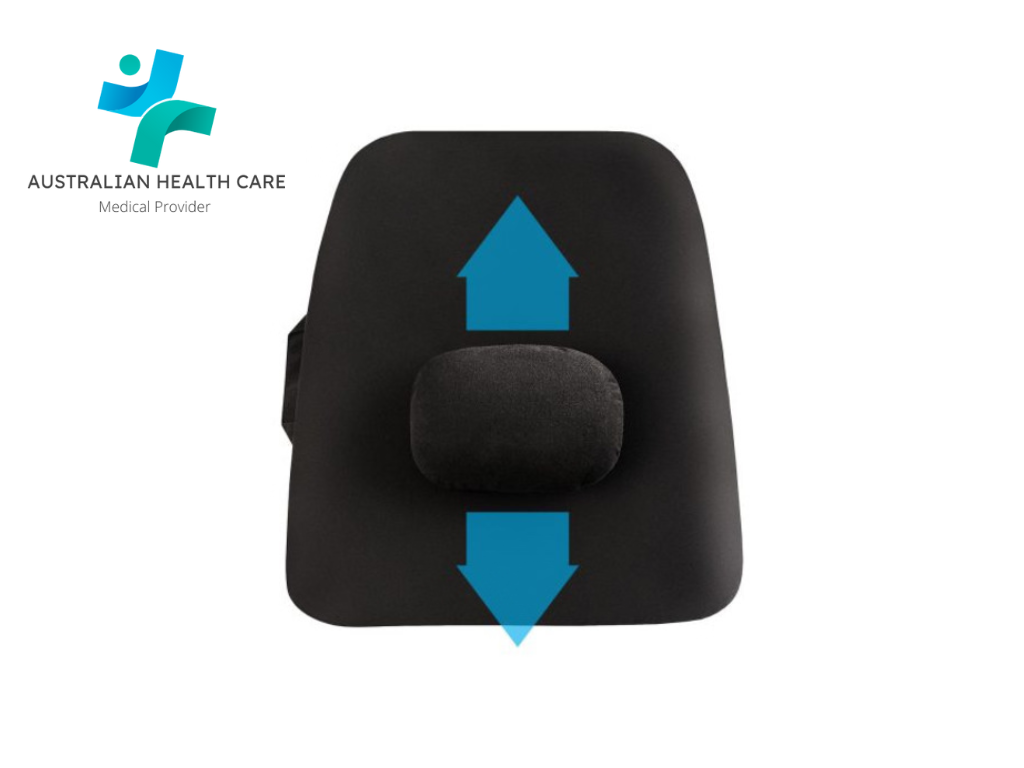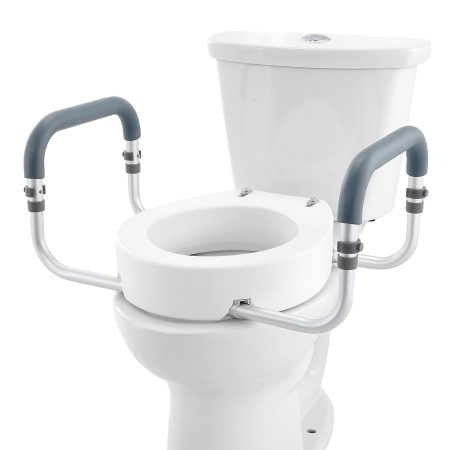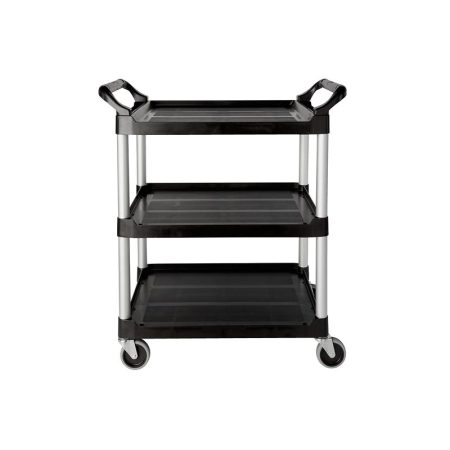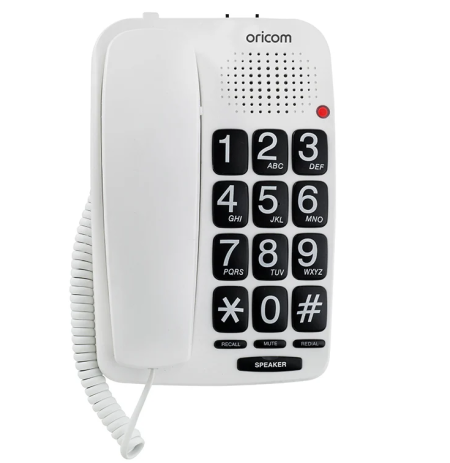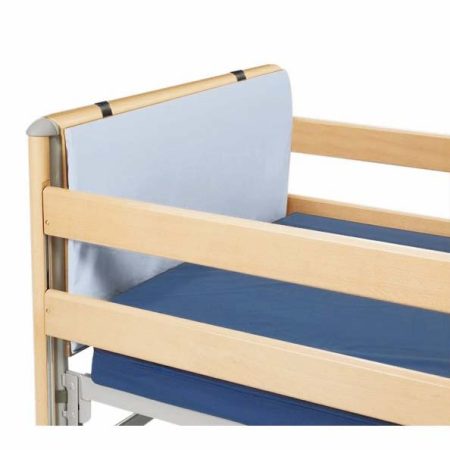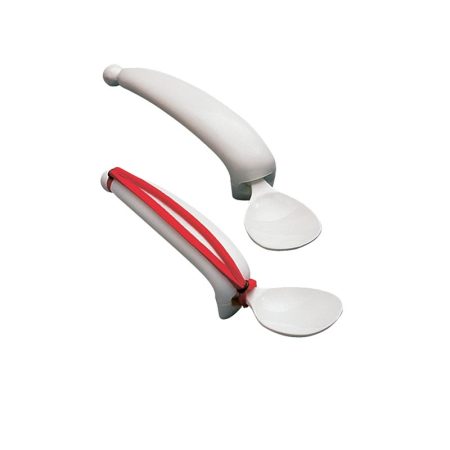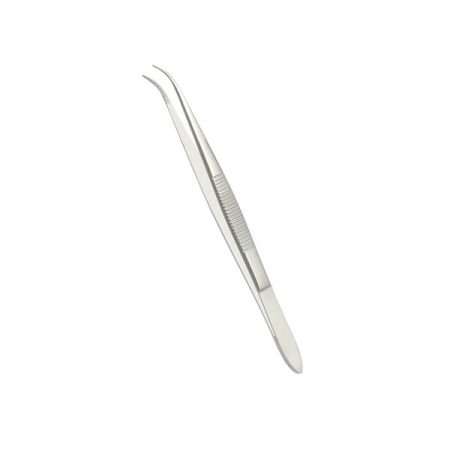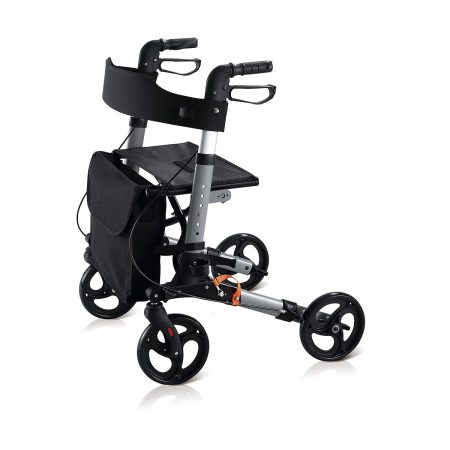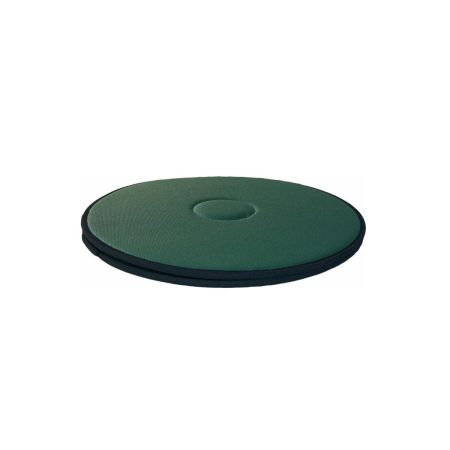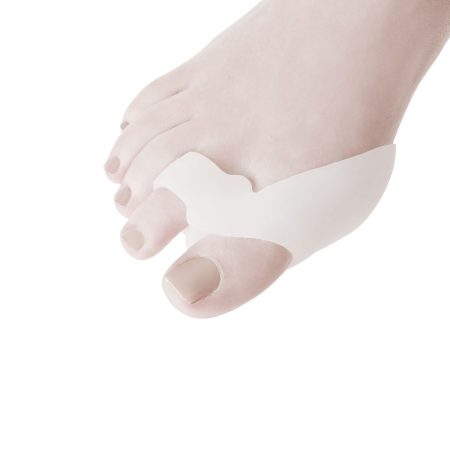When Should You Wear a Lumbar Support Back Brace

A lumbar support back brace can be a valuable tool in maintaining spinal health and reducing lower back pain. However, knowing when and how to use it is crucial to maximize its benefits. Whether you’re recovering from an injury, engaging in physical activities, or spending long hours sitting, a back brace can provide the necessary support to protect your spine and improve your posture.
Choosing the right time to use a lumbar support back brace is essential for preventing discomfort and avoiding potential complications. Overuse or improper use can lead to muscle weakening or dependency. Therefore, understanding the specific situations where a back brace is most effective can help you maintain a healthy balance between support and natural muscle function.
Using a Lumbar Support Back Brace During Physical Activities
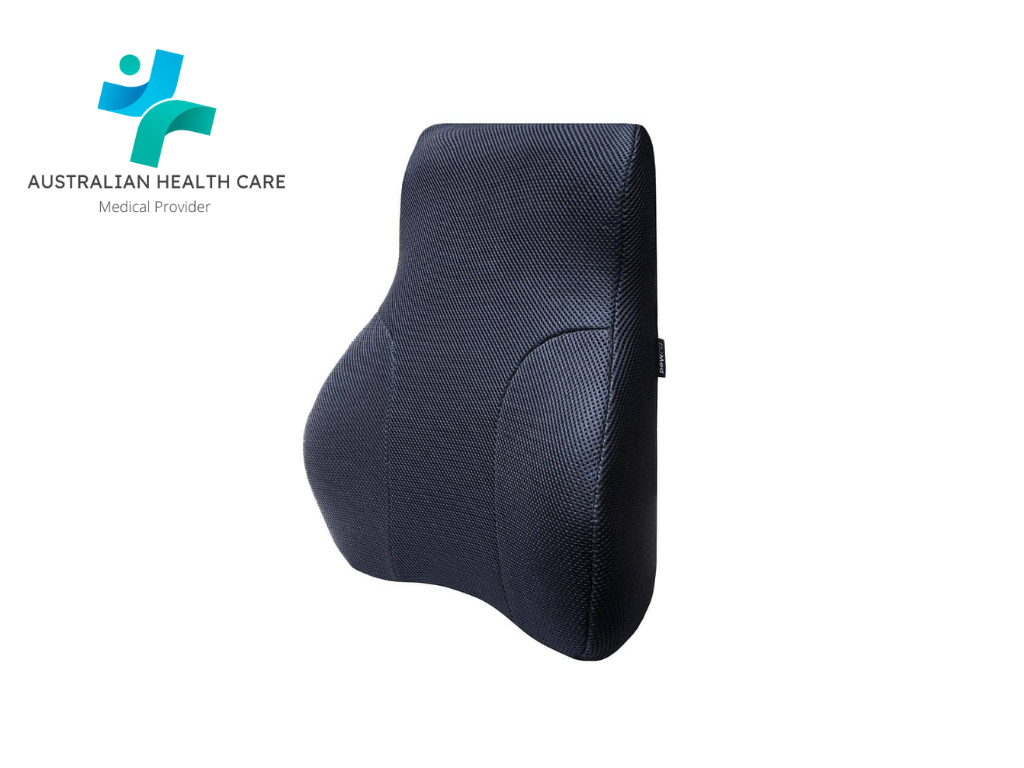
How a Back Brace Can Provide Support During Exercise and Physical Labor
When you’re engaging in physical activities that place stress on your lower back, such as weightlifting, manual labor, or even gardening, a lumbar support back brace can provide the necessary support to protect your spine. The brace helps to stabilize your lower back, reducing the risk of injury by limiting the range of motion that could lead to strain or overextension.
For those who regularly lift heavy objects or perform repetitive tasks, wearing a back brace can prevent the development of chronic back pain and other musculoskeletal issues. By keeping your spine aligned and providing additional support, a back brace ensures that your muscles are not overburdened, allowing you to perform your activities more safely.
Activities That Benefit from Additional Lumbar Support
Several physical activities can particularly benefit from the use of a lumbar support back brace. These include:
- Weightlifting: Providing support during heavy lifting can help prevent injuries caused by improper form or excessive strain on the lower back.
- Manual Labor: Workers in construction, warehousing, or other physically demanding jobs can benefit from the added stability a back brace offers, especially when lifting or carrying heavy loads.
- Gardening and Yard Work: Even activities like digging, weeding, or planting can place stress on the lower back. A back brace can help maintain proper posture and reduce the risk of injury.
For those seeking high-quality support products, Australian medical supplies offer a range of back braces designed to meet the needs of various physical activities, ensuring that you have the right support when you need it most.
Wearing a Back Brace for Prolonged Sitting
The Role of a Lumbar Support Back Brace in Maintaining Posture During Extended Periods of Sitting
Prolonged sitting, especially in a slouched or unsupported position, is one of the leading causes of lower back pain. A lumbar support back brace can play a vital role in maintaining proper posture when you’re required to sit for long periods, whether at work, during travel, or while relaxing at home. A back brace helps to keep your spine aligned by supporting the natural curve of your lower back. This support reduces the strain on your muscles and ligaments, preventing the onset of pain or discomfort. For office workers or anyone who spends significant time sitting, incorporating a back brace into your daily routine can be a simple yet effective way to protect your spine.
Ideal Settings for Using a Back Brace in a Sedentary Environment
There are several settings where wearing a lumbar support back brace can be particularly beneficial during prolonged sitting:
- Office Work: If your job requires you to sit at a desk for most of the day, a back brace can help maintain good posture and reduce the risk of developing chronic back pain.
- Long Commutes or Travel: Sitting for extended periods during flights, train rides, or long drives can take a toll on your back. A back brace provides the necessary support to stay comfortable and pain-free.
- At Home: Even while watching TV or reading, a back brace can help you maintain proper posture, especially if you tend to slouch or sit in an unsupported position.
Post-Injury Recovery: When a Back Brace Is Essential
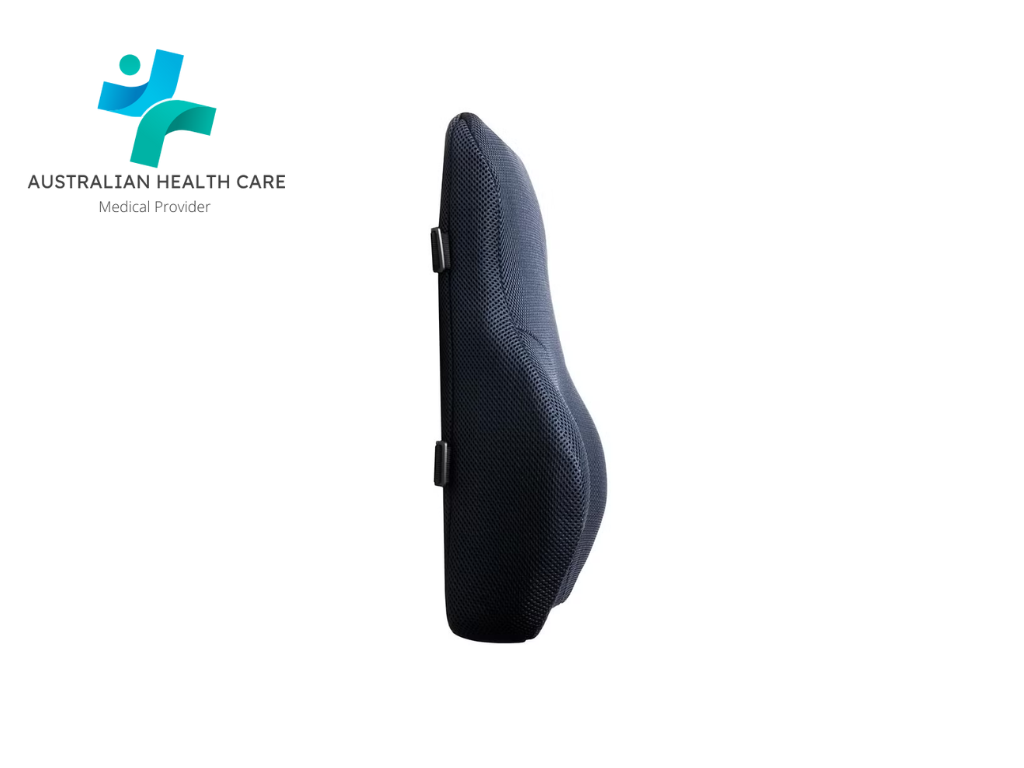
Situations Where a Back Brace Is Recommended for Recovery After a Back Injury
After a back injury, such as a strain, sprain, or more severe condition, a lumbar support back brace can be an essential part of your recovery plan. The brace helps to stabilize the injured area, allowing it to heal by limiting movement that could exacerbate the injury. By providing support, the brace also reduces pain and discomfort, making it easier to go about your daily activities.
How to Integrate a Back Brace Into Your Recovery Plan
Integrating a lumbar support back brace into your recovery plan should be done under the guidance of a healthcare professional. They can advise on the appropriate duration and frequency of use to avoid over-reliance on the brace while ensuring it provides adequate support during the healing process.
Preventative Use for People with High-Risk Jobs
Why Individuals with Physically Demanding Jobs Should Consider Using a Lumbar Support Back Brace
For those working in physically demanding jobs, such as construction, warehousing, or healthcare, the risk of back injuries is significantly higher due to the nature of the tasks involved. Lifting heavy objects, bending frequently, and engaging in repetitive motions can all place undue strain on the lower back. A lumbar support back brace can be an invaluable tool for preventing injuries by providing the necessary support to stabilize the spine during these activities.
Examples of Professions Where a Back Brace Can Prevent Injury
Several professions are particularly prone to back injuries due to the physical demands they place on workers. Some examples include:
- Construction Workers: Constant lifting, bending, and twisting can lead to significant back strain, making a back brace essential for injury prevention.
- Warehouse Staff: Handling heavy boxes and equipment regularly requires additional support to avoid lower back injuries.
- Healthcare Workers: Nurses and caregivers often need to lift or move patients, which can result in back strain if not properly supported.
Can You Wear a Lumbar Support Back Brace While Sleeping?
Discussing the Pros and Cons of Wearing a Back Brace During Sleep
Wearing a lumbar support back brace during sleep is a topic that requires careful consideration. While some people may find relief from back pain by using a brace while they sleep, it’s not always recommended for everyone. One of the primary benefits of wearing a back brace at night is that it can help maintain proper spinal alignment, especially for those recovering from an injury or surgery. However, there are also potential downsides to consider.
Guidelines for Safe Use of a Back Brace While Sleeping
If you are considering wearing a lumbar support back brace while sleeping, it is essential to follow these guidelines:
- Consult a Healthcare Provider: Before using a back brace at night, speak with a healthcare professional to ensure it is appropriate for your condition.
- Choose the Right Brace: Opt for a brace specifically designed for nighttime use, which is usually more flexible and comfortable.
- Monitor Your Comfort: Pay attention to how you feel while sleeping with the brace. If you experience discomfort or disrupted sleep, it may be best to limit use to daytime hours.
How Long Should You Wear a Lumbar Support Back Brace Each Day?
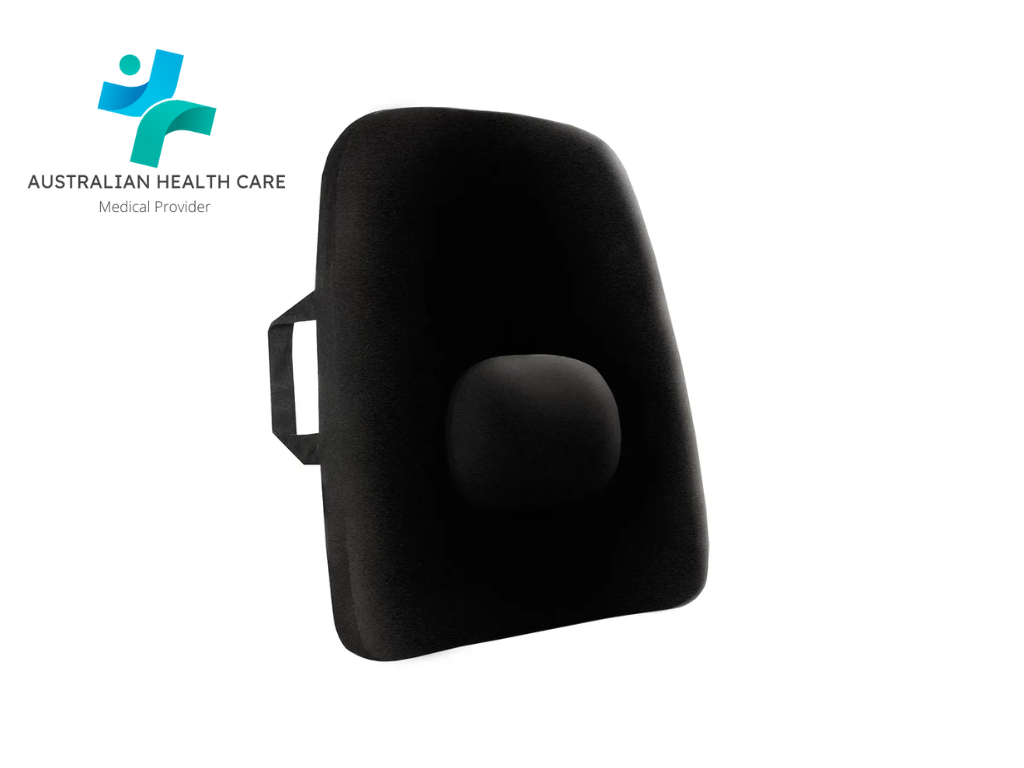
Recommendations for Daily Usage to Avoid Dependency
While a lumbar support back brace can provide much-needed relief and support, it’s important to use it correctly to avoid dependency. Over-reliance on a back brace can lead to muscle weakening, as the back muscles may not need to work as hard when supported by the brace. To prevent this, it’s crucial to strike a balance between using the brace for support and engaging in exercises that strengthen your back muscles.
How to Balance Support with Muscle Strength Building
To maintain a healthy back, complement the use of a lumbar support back brace with exercises that target your core and back muscles. Strengthening these muscles will help you rely less on the brace over time and reduce the risk of future injuries.
Here are some tips to balance brace use with muscle strengthening:
- Limit Brace Usage: Only wear the brace during activities that require extra support, and gradually reduce the time you spend wearing it as your muscles strengthen.
- Incorporate Exercises: Include exercises such as planks, bridges, and back extensions into your daily routine to build muscle strength.
- Regular Monitoring: Assess your back’s strength and flexibility regularly, and adjust brace usage accordingly.
Consulting with Health Professionals Before Use
The Importance of Consulting with a Healthcare Provider Before Starting Regular Use
Before incorporating a lumbar support back brace into your daily routine, it’s essential to consult with a healthcare provider. A professional can evaluate your specific condition and determine whether a back brace is appropriate for your needs. They can also provide personalized advice on how to use the brace safely and effectively, ensuring that it supports your back without causing harm.
How Australian Health Care Centre Can Assist in Finding the Right Lumbar Support Back Brace
The Australian Health Care Centre is a valuable resource for individuals seeking to improve their back health. The centre can provide access to a range of high-quality lumbar support back braces, as well as expert advice on their use. By working with healthcare professionals at the centre, you can ensure that you’re using the right brace for your needs and receiving the best possible care for your back. Whether you’re dealing with chronic back pain, recovering from an injury, or looking to prevent future issues, consulting with the Australian Health Care Centre can help you make informed decisions about your back health.
